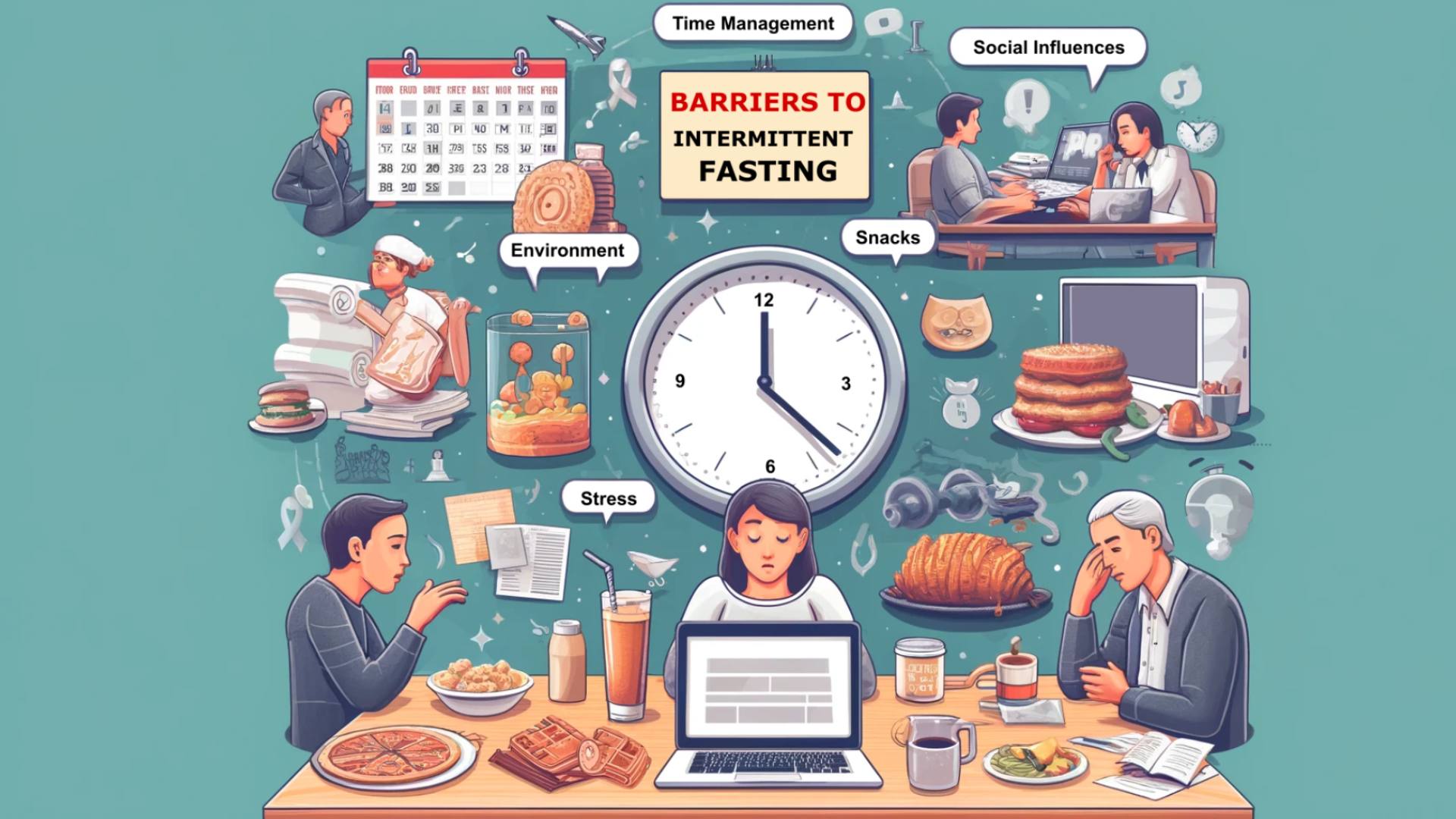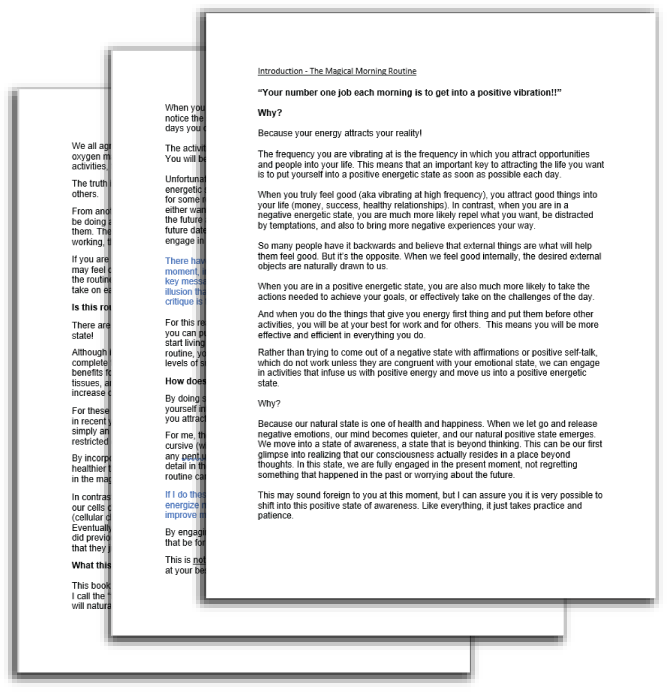Overcoming Barriers to Intermittent Fasting: A Guide to Sustainable Success
Written by Stephen Anton PhD on June 12, 2024

Intermittent fasting has gained popularity for its numerous health benefits, including weight loss, improved metabolism, and enhanced mental clarity.
Sticking to a fasting routine over the long term, however, can be challenging as there are a number of potential challenges to overcome to successfully adopt this habit.
If you have attempted to follow a fasting schedule recently or perhaps in the past but stopped due to barriers you encountered, this blog is written for you!
Let’s explore some common barriers that almost everyone encounters when adopting an intermittent fasting practice and potential strategies you can use to overcome these obstacles.
Social-Environmental Factors
Social norms and the constant availability of food can make fasting difficult. Food is often a central part of social gatherings, making it hard to stick to your eating schedule. Family meals and traditions can also conflict with your fasting routine.
Strategies to Tackle Socio-Environmental Challenges
Navigating Social Events
Managing Family Influence
Psychological and Physical Factors
Stress and boredom are significant hurdles. Stress can lead to emotional eating, while boredom might trigger cravings and unplanned snacking. Additionally, managing hunger, especially in the initial stages of fasting, can be overwhelming as your body adjusts to the new eating pattern.
Handling Psychological and Physical Challenges
Additional Tips for Long-Term Success
Understanding Sustainability
Sustainability refers to maintaining a behavior or practice over the long term. It’s about creating habits and routines that are not only effective but also feasible and enjoyable. Your environment, mindset, and support system play crucial roles in your ability to sustain healthy habits.
Recap and Reflection
Embracing these strategies can help you overcome common barriers to intermittent fasting, making it a sustainable and effective part of your lifestyle. Remember, consistency and flexibility are key to long-term success, allowing you to enjoy the benefits of fasting while maintaining a balanced and enjoyable approach to eating.
By addressing these barriers with practical strategies, you are likely to be better able to follow a fasting routine. You may even find the practice of intermittent fasting or time-restricted eating to be a rewarding experience. Stay committed to your goals, and remember that making small, consistent changes can lead to lasting success.
16/8 Intermittent Fasting: Tips from an Industry Expert
Written by Stephen Anton PhD on June 30th, 2023

The 16:8 intermittent fasting plan, also known as the 16:8 diet or time-restricted feeding, is a popular fasting method that involves restricting your daily eating window to a specific time-period and fasting for the remaining hours of the day.
16/8 Intermittent Fasting Plan
The “16:8” refers to the fasting and eating windows within a 24-hour cycle. Here’s how the 16/8 intermittent fasting plan typically works:
5 Reasons for the Increased Popularity of 16/8 Intermittent Fasting
The reason this approach has become so popular is that it’s highly sustainable and easy to follow once the body has adapted to this way of eating.
The 16:8 intermittent fasting plan gained popularity through a combination of factors, including scientific research, anecdotal evidence, and increased interest in alternative approaches to weight loss and health improvement. Here are a few key factors that contributed to its rise in popularity:
Points to Consider While Practicing 16/8 Fasting
The 16/8 plan offers flexibility in choosing the eating window that suits your schedule and preferences. Common approaches include starting the fast in the evening after dinner and skipping breakfast the next morning or delaying the first meal of the day until later in the morning.
Remember, consistency and sustainability are key factors in any dietary approach. It’s essential to find a pattern that works well with your lifestyle and promotes a healthy relationship with food.
Muscle Growth and 16/8 Intermittent Fasting
The 16:8 intermittent fasting plan may not be considered the optimal approach for maximizing muscle growth compared to other dietary strategies.
Muscle growth requires an adequate intake of nutrients, particularly protein, to provide the necessary building blocks for muscle synthesis and repair.
In the 16:8 plan, there is a limited eating window of 8 hours, which may make it challenging for some individuals to consume enough calories and nutrients, including protein, within that time frame.
This could potentially hinder muscle growth if nutrient intake is not properly managed.
However, as described in the blog “Intermittent Fasting for Bulking” this is certainly possible and I believe that fasting and bulking (muscle growth) can be combined successfully.
16/8 Fasting and Your Circadian Rhythm
The 16:8 intermittent fasting plan can be designed to align with circadian rhythms, which are the natural biological rhythms that regulate various physiological processes in the body, including metabolism and sleep-wake cycles.
Our circadian rhythms are influenced by external cues, such as light and darkness, and play a role in regulating metabolism. The timing of food intake can impact the synchronization of our internal body clocks and optimize metabolic processes.
By aligning the eating window of the 16:8 plan with the body’s natural circadian rhythms, it is believed to promote better metabolic health and overall well-being.
How to Time the 16/8 Intermittent Fasting Plan
16/8 Intermittent Fasting Final Thoughts
While the 16:8 intermittent fasting plan can be structured to align with your circadian rhythms, individual variations exist, and what works best for one person may not be suitable for another.
For this reason, it is essential to listen to your body, adapt the fasting plan to your needs and preferences, and seek guidance from a healthcare professional or registered dietitian if necessary.

Get the Introduction to Dr. Anton’s Upcoming Book: Magic Morning Routine
Take advantage of this 100% free PDF and learn how to create a morning routine that helps you feel and perform at your best.

Get the Introduction to Dr. Anton’s Upcoming Book: Magic Morning Routine
Take advantage of this 100% free PDF and learn how to create a morning routine that helps you feel and perform at your best.

Get the Introduction to Dr. Anton’s Upcoming Book: Magic Morning Routine
Take advantage of this 100% free PDF and learn how to create a morning routine that helps you feel and perform at your best.









